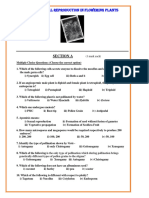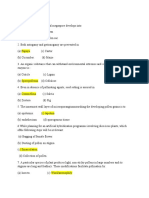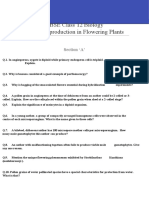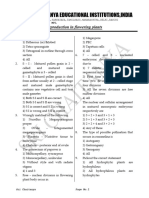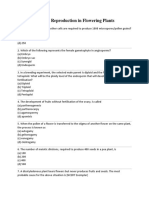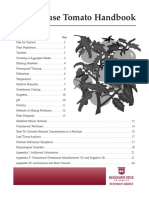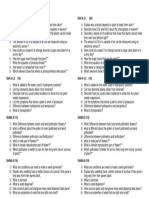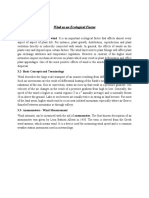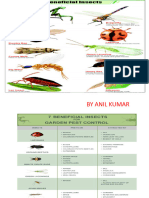0% found this document useful (0 votes)
55 views19 pagesReproduction Unit Worksheet
The document outlines various aspects of reproduction, focusing on sexual reproduction in flowering plants and human reproduction. It includes multiple-choice questions, short answer questions, and detailed explanations regarding reproductive processes, structures, and functions in both plants and humans. The content is structured into sections that cover topics such as pollination, fertilization, and the development of gametes.
Uploaded by
samreenbudhiraja01Copyright
© © All Rights Reserved
We take content rights seriously. If you suspect this is your content, claim it here.
Available Formats
Download as PDF, TXT or read online on Scribd
0% found this document useful (0 votes)
55 views19 pagesReproduction Unit Worksheet
The document outlines various aspects of reproduction, focusing on sexual reproduction in flowering plants and human reproduction. It includes multiple-choice questions, short answer questions, and detailed explanations regarding reproductive processes, structures, and functions in both plants and humans. The content is structured into sections that cover topics such as pollination, fertilization, and the development of gametes.
Uploaded by
samreenbudhiraja01Copyright
© © All Rights Reserved
We take content rights seriously. If you suspect this is your content, claim it here.
Available Formats
Download as PDF, TXT or read online on Scribd
/ 19
